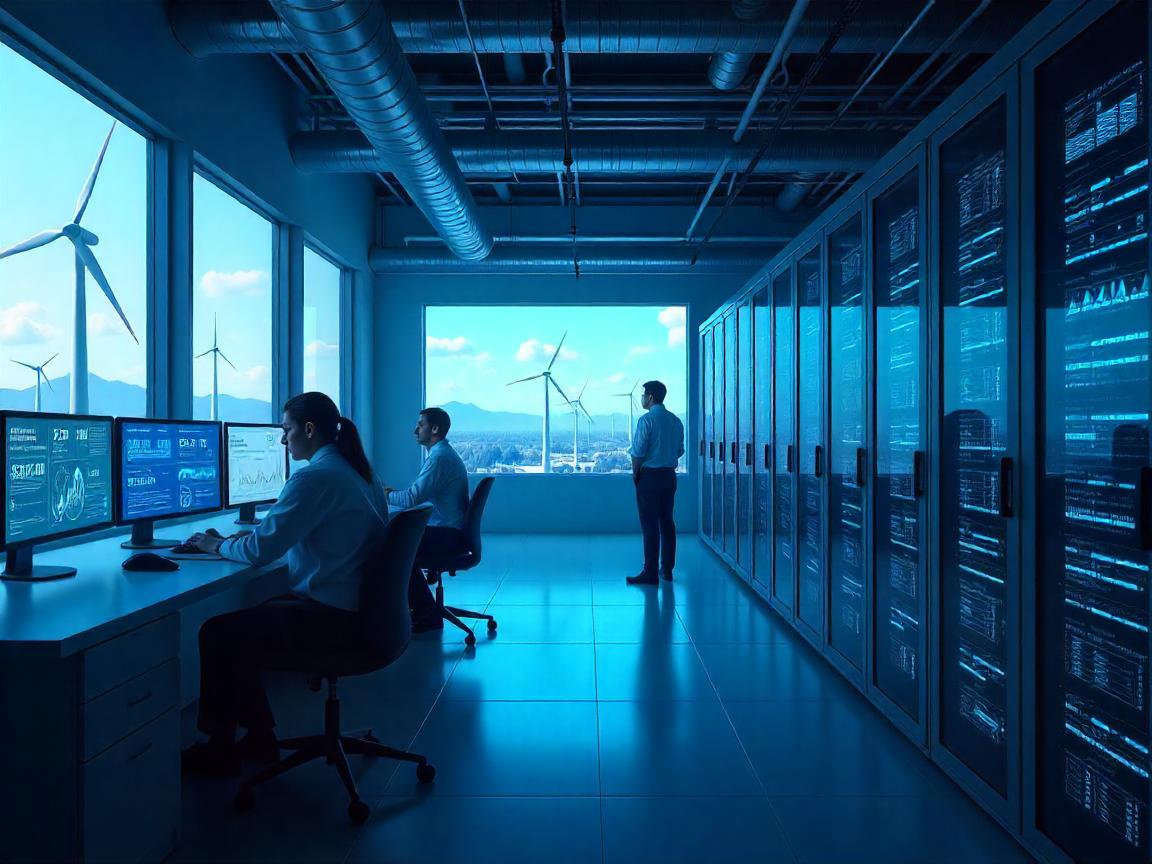
Wondered how artificial intelligence ticks? Nothing beats the humongous energy hording data centers, which are the nerve center of the internet. As AI workloads are multiplying at breakneck speed, these facilities are facing a rather uncomfortable reality: unsustainable growth is no longer an option. Data centers across the world may use more than 1,000 terawatts of peak energy globally per year by 2030, doubling their current load, according to BloombergNEF. That explosion is not caused by streaming movies or even by sending emails; it is the enormous hunger of training and serving machine learning models.
I have not witnessed such a sense of urgency in my years of advising the cloud infrastructure teams. Energy, which was once the quiet back-office issue, has now been a boardroom issue. It is not even a question of how we can satisfy that demand, but how we can do so without poising the planet in an even greater climate crisis.
Liquid Cooling: From Experiment to Necessity
Backward air cooling setups are succumbing to the weight of GPUs cluster to drive models such as GPT-4 and Gemini. When you walk into a hyperscale server farm you can nearly feel the heat radiating out of it. And it comes as no surprise that the AI Research division of Meta notes the highest training runs may demand more than 5 megawatts of sustained cooling power.
Liquid cooling has become an emerging practical option in the shortest time possible. I have visited data centers that have been piloting the use of a two-phase immersion cooling system, essentially filling racks with a dielectric liquid which drawsexcess heat away in an instant. Direct to chip liquid loops are the basis fo NVIDIA DGX SuperPod deployments and operators are reporting a 30% reduction in power use compared to air only.Even Project Natick, an experiment to park a data center under the North Sea proved that the industry will go to great lengths to prevent thermal loads.
What is the bottom line? When you are thinking about running next-generation AI clusters, you are thinking about using liquid cooling.There is simply no other option in case you want to avoid thermal, as well as electricity, bottlenecks and high utility bills.
Microgrids and Renewables: Chasing Carbon-Neutral Growth
Although liquid cooling alleviates the problem of heat, the power has to come/originate somewhere. On-site renewable microgrids have proven the best and only way forward to scale in a sustainable manner to many hyperscale operators. As of 2024, Amazon Web Services revealed that 85 percent of their power in data centers currently originates in renewables, but with a more aggressive approach to 100 percent by 2026.
The case study in Google Hamina facility in Finland is interesting. It integrates onshore wind turbines, photovoltaic farms and huge battery storage to form a quasi-autonomous microgrid. This is more than a style game or a corporate responsibility thing. It consists of a defensive measure on the volatile grid prices and an insurance policy on power shortages. Dr. This is because, as Lucia Tan, the CTO at GridScale Solutions explained last year to the Verge, a utility that does not manage its own energy supply is at the mercy of every shock in the world supply chain.
An increasing amount of operators are also trying out hydrogen fuel cells and modular gas turbine. The goal is to build sustainable energy systems that could cover the rising needs without dying under the cost or regulation.
AI Software Optimization: Squeezing More from Every Megawatt
It is not all hardware innovations. Among the largest benefits are derived through making the AI workloads more efficient themselves. Well known is the example of Google DeepMind whose machine learning technology reduced cooling energy consumption by 40 percent by creating an accurate forecast of airflow and controlling it.
In my experience, the least taken advantage of is the opportunity of intelligent workload orchestration, which is nothing more than scheduling jobs when there are renewable power abundancies, or it is colder. According to McKinsey, such strategies may save on 15% of the energy expenses.
Here is a thought: one line of code in an interpretation pipeline of a model can be costing companies thousands of dollars when it causes superfluous GPU cycles. Once you multiply that over the millions of daily transactions that software handles, efficiency among the software becomes as essential as power contracts.
Final Thoughts: Can the AI Boom Be Sustainable?
When you stand inside a liquid-cooled data hall it is as though you are bearing witness to the future in real-time. But amid all the spectacular technology, the question that lingers is the same, is it feasible to match exponential artificial intelligence development and responsible earth leadership?
I am not afraid to say that the companies that regard sustainability as supplementary work are already lagging behind. The one who will sustain is those who are keen to invest in cooling, microgrids as well as nuclear and smart software.
As in this age the construction of AI is defined by the construction of the infrastructure necessary to run it which the world could not afford to make a mess of.
